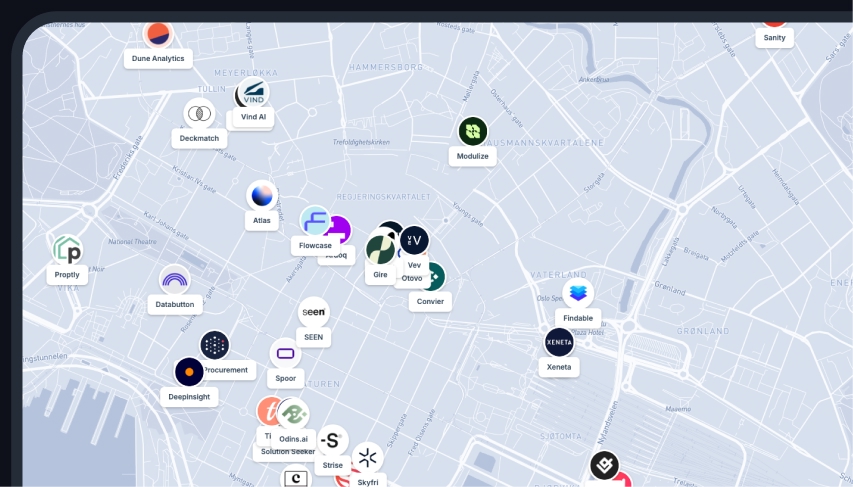Overview of the Connecticut River
The Connecticut River is the longest river in New England, stretching about 655 kilometers (407 miles). It begins in northern New Hampshire, flows through Vermont, Massachusetts, and Connecticut, before emptying into Long Island Sound. The river has been a vital corridor for commerce, travel, and agriculture for centuries.
Where is the Connecticut River on the map?
The Connecticut River starts at Fourth Connecticut Lake in Pittsburg, New Hampshire, forming the border between New Hampshire and Vermont before flowing through Massachusetts and Connecticut. It reaches the Atlantic Ocean via Long Island Sound.
Historical significance
The Connecticut River has played a crucial role in the history of New England:
- Native American settlements: The Pocumtuck and Pequot tribes lived along the river for centuries.
- Colonial trade route: The river was essential for fur trading, farming, and shipping in the 1600s.
- Industrial Revolution: The river powered mills and factories in towns like Holyoke and Springfield.
- Revolutionary War & Civil War: The river was a key strategic waterway during these conflicts.
Major cities along the Connecticut River
Several important cities and towns are located along the Connecticut River, including:
- Springfield, Massachusetts: Home to the Springfield Armory and a key industrial center.
- Hartford, Connecticut: The state capital and an important cultural and economic hub.
- Northampton, Massachusetts: A historic town known for its arts and education.
- Brattleboro, Vermont: A scenic town with a rich history in farming and trade.
Economic and environmental importance
The Connecticut River is essential for fishing, farming, and recreation in the Northeast. Key contributions include:
- Hydropower: The river is home to numerous hydroelectric dams, generating renewable energy.
- Agriculture: The fertile Connecticut River Valley supports tobacco, corn, and dairy farms.
- Recreation: The river is popular for boating, fishing, and hiking, attracting thousands of visitors.
- Wildlife habitat: The river supports bald eagles, Atlantic salmon, and migratory birds.
Challenges facing the Connecticut River
Despite its importance, the Connecticut River faces several environmental threats:
- Water pollution: Industrial waste, sewage, and agricultural runoff impact water quality.
- Flooding: Heavy rainfall and snowmelt can cause seasonal floods, affecting farms and communities.
- Invasive species: Non-native species like zebra mussels disrupt local ecosystems.
- Dam impact: Hydroelectric dams have altered fish migration and river flow.
Conservation efforts
Organizations like The Connecticut River Conservancy work to improve water quality, restore fish habitats, and protect wetlands. Conservation efforts focus on dam management, pollution reduction, and habitat restoration.
Work faster with spatial data
Easily import data, automate analysis and build spatial apps for the web, all within a single software.
FAQs
How long is the Connecticut River?
The Connecticut River is approximately 655 kilometers (407 miles) long.
Where does the Connecticut River start and end?
It starts in northern New Hampshire and flows into Long Island Sound.
Why is the Connecticut River important?
It supports hydropower, agriculture, transportation, and wildlife, making it vital to New England’s economy and ecology.
What are the biggest threats to the Connecticut River?
Pollution, flooding, invasive species, and hydropower impacts are the major concerns.
What wildlife depends on the Connecticut River?
The river supports Atlantic salmon, bald eagles, river otters, and migratory birds.
